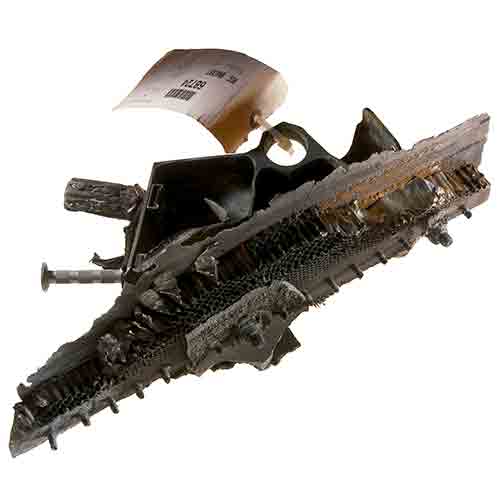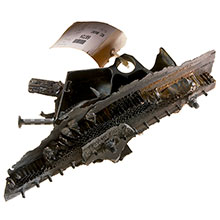"You are detectives," Arnold Marder, now professor emeritus of materials science and engineering, told students in his failure-analysis class in 2005. "Your job will be to examine the failure surface, back-track and determine what were the conditions under which it failed and why it failed."
This wasn’t just any lab analysis. At Marder’s urging, NASA had selected Lehigh as the first academic institution in the U.S. granted access to the debris from the Space Shuttle Columbia disaster. The Columbia exploded over the southern United States on February 1, 2003, killing all seven astronauts aboard. Two years later, each of Marder’s students was assigned a single previously unanalyzed piece of debris and charged with analyzing the failure and characterizing the materials’ response to hypersonic reentry conditions.
Upon completion of their analysis, which garnered global media attention, students presented their findings to scientists and astronauts from NASA during a two-day symposium.




